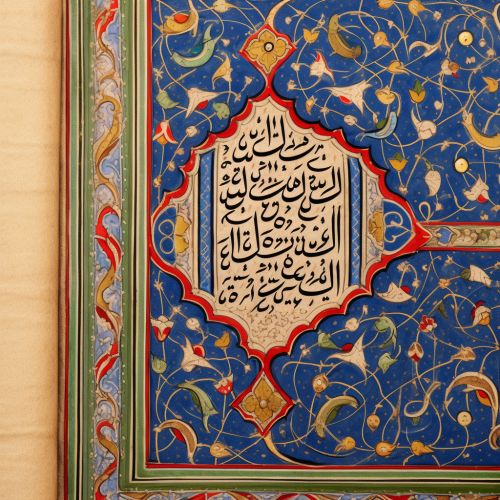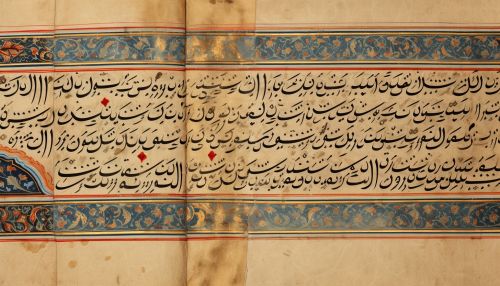Arabic
Introduction
Arabic is a Semitic language that first emerged in the 1st to 4th centuries CE. It is now the lingua franca of the Arab world. It is named after the Arabs, a term initially used to describe peoples living in the area bounded by Mesopotamia in the east and the Anti-Lebanon mountains in the west, in Northwestern Arabia, and in the Sinai Peninsula. Arabic is classified as a macrolanguage comprising 30 modern varieties, including its standard form, Modern Standard Arabic, which is derived from Classical Arabic.
As the language of the Qur'an, the holy book of Islam, it is also widely used throughout the Muslim world. It is one of six official languages of the United Nations. It is spoken by more than 420 million people in the Arab world and used by more than 1.5 billion Muslims. It is one of the six official languages of the United Nations.


History
The history of the Arabic language can be divided into three stages: Old Arabic, Classical Arabic, and Modern Standard Arabic. Old Arabic represents the earliest documented stage of Arabic and is dated from the 1st to 4th centuries CE. It is best known from inscriptions and texts preserved on stone in the Arabian Peninsula.
Classical Arabic, also known as Qur'anic Arabic, is the language of the Qur'an, the holy book of Islam. It is based on the medieval dialects of Arab tribes. Classical Arabic was the literary language of the Arab world from the 7th century and was used in original Arabic literature.
Modern Standard Arabic (MSA) is the language used in present-day Arabic books, newspapers, radio and television news broadcasts, and all formal spoken occasions, such as parliamentary debates and lectures. MSA is based on classical Arabic, and differences between the two are largely a matter of style and vocabulary.
Phonology
Arabic has a rich phonetic inventory that includes phonemes that are not found in most other languages. The phonemes include six vowel phonemes (three short vowels and three long vowels) and several consonantal phonemes whose precise phonetic form depends on their surrounding vowels. Arabic also has a complex system of phonetic features including emphatic consonants, interdental consonants, and a variety of vowel lengths.
Morphology
Arabic morphology is highly complex and is based on a system of roots and patterns. The root is a set of bare consonants which provides the basic lexical meaning of the word. The pattern is a sequence of vowels, affixes, and other modifications which provide grammatical or lexical information. The combination of root and pattern is used to generate words.
Syntax
Arabic syntax is based on a combination of grammatical case, word order, and other syntactic phenomena. The basic word order of Arabic is verb-subject-object (VSO), but other orders are also possible due to the case system. Arabic also has a system of mood marking and has a rich system of subordination and coordination.
Vocabulary
Arabic vocabulary is vast and rich, with words for many different concepts and ideas. The language has borrowed words from many other languages, including Hebrew, Persian, and Syriac in early centuries, Turkish in medieval times, and contemporary European languages in modern times, especially English and French.
Writing System
Arabic is written in the Arabic alphabet, which is an abjad, a writing system where each symbol stands for a consonant. The Arabic script is written from right to left and includes 28 letters. The shape of each letter depends on its position in the word and the letters that surround it.
Dialects
There are many different dialects of Arabic, each with its own unique features. These dialects are typically classified into three categories: the Arabic of the Arabian Peninsula, the Arabic of the Levant, and the Arabic of North Africa.
Influence on Other Languages
Arabic has had a significant influence on many other languages, especially in vocabulary. This influence is seen in languages such as Persian, Turkish, Kurdish, Bosnian, Kazakh, Bengali, Hindi, Malay, Maldivian, Indonesian, Pashto, Punjabi, Tagalog, Sindhi, and Hausa, and some languages of Africa.
